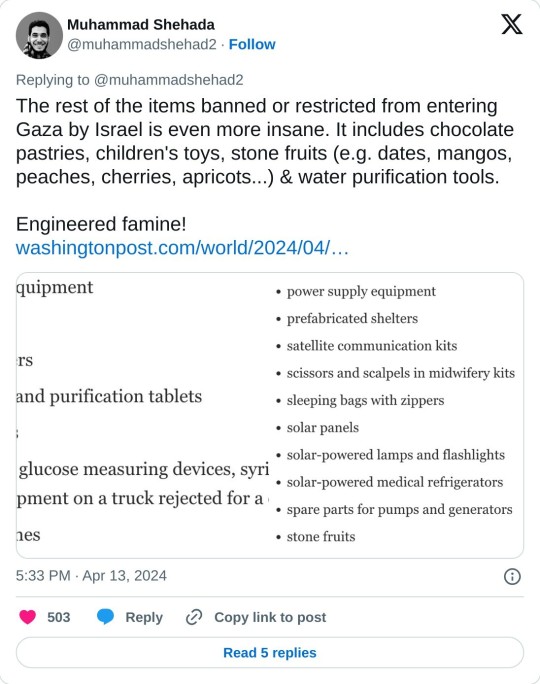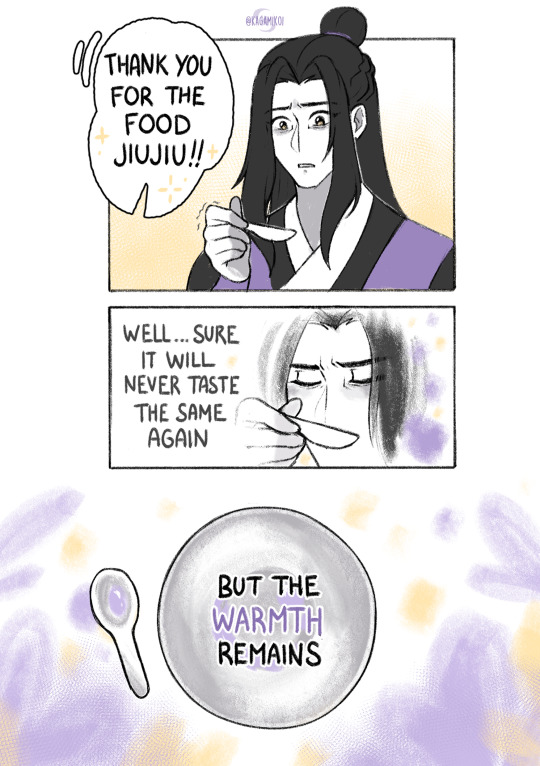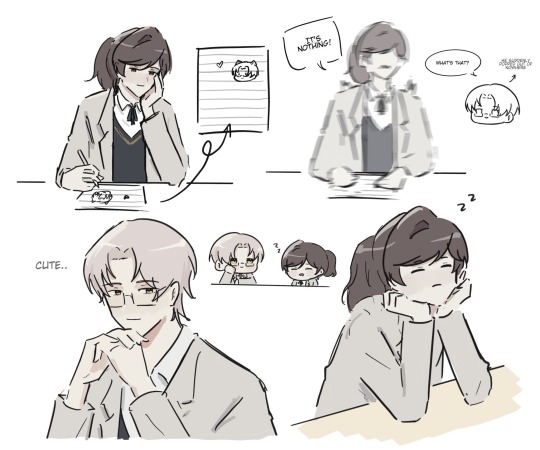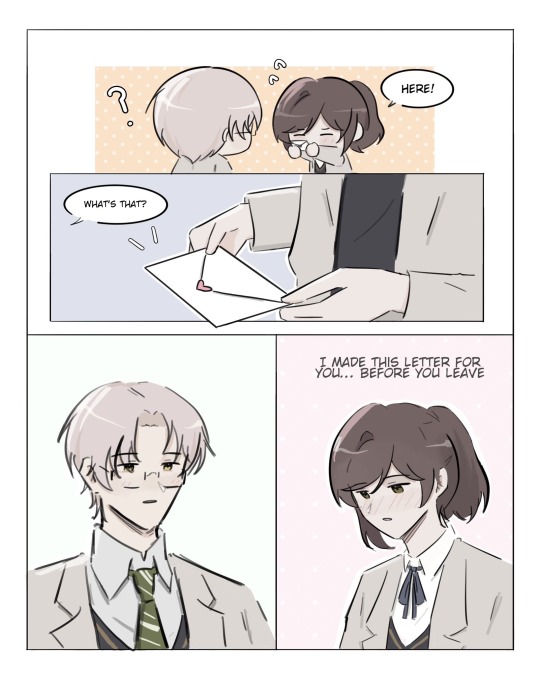Text
A Jianghu Mystery of the Middle Xi: The Tomb of Li Xiangyi
By Qiling, University of □□ (2024)

Left: A photograph of the inscribed text at Li Xiangyi's tomb, reading, "The grave of the Sigu Sect's departed Sect Leader, Li Xiangyi". Right: Artist's sketch renditions from eye-level frontal and aerial side views, recreating how the tomb may have appeared during the Xi dynasty.
Among the numerous important archaeological finds from the Xi Dynasty, the tomb of Li Xiangyi is not the most well-known, nor has it yielded any artifacts of particular intrigue, yet it has raised questions about certain points in history since its discovery. The tomb constitutes a small site, near a mountainous overlook which should have received little common traffic at the time of construction. Its structure is in line with some other aristocratic burials of the Middle Xi period: aboveground, with a chamber at the center of a raised rectangular dais several meters wide, large enough to bear only a single individual. A stone marker, which has survived in legible condition until today, declares it the tomb of Li Xiangyi, leader of the Sigu jianghu sect.
Records about Li Xiangyi are found at other archaeological sites contemporary with this tomb, and so his name is not an obscure one. The Sigu Sect complex has already undergone excavation for nearly two decades, with evidence that Li Xiangyi spent several years there as its first sect leader and founder. His tomb is within two hours' walking distance of the Sigu site, though isolated in its location, compared to the Sigu Sect's grand mountain entrance. (The complex itself was inhabited well after his death; bamboo slips cite Qiao Wanmian as the Sigu Sect's next major leader some years after, who oversaw it for several more decades into the later Xi). In addition, the Baichuan-Pudu site, closer to the eastern coast and historically the headquarters for the Baichuan Court, is affiliated with Li Xiangyi. Its origins apparently began as an offshoot of the Sigu Sect, which grew into its own independent legal organization after his death.
Legends surrounding Li Xiangyi's life have been well-documented, both at Sigu and Baichuan-Pudu, but also in books and transcriptions of oral stories at sites around the country. These are dated to both the Middle and Late Xi periods, as well as a few scattered mentions in writings from the following dynasty. As a jianghu sect leader and swordsman, Li Xiangyi's reputation truly preceded him. Some tales speak of his early accomplishments, ridding towns of villainous tyrants and defeating criminals. Others talk about the founding of the Sigu Sect when Li Xiangyi was seventeen, and his subsequent missions leading his fellow swordsmen to protect the borders of the country. Not all of these narratives can be verified with surviving historical proof, and given Li Xiangyi's status in the shifting canon of folklore, the percentage that are hyperbole or fiction is likely significant. However, one that is true, and is the most frequently told story throughout these sources, is that of Li Xiangyi's death.
All texts place Li Xiangyi as having died relatively young, with some providing a specified age, generally around twenty. He perished in a duel with Di Feisheng, leader of the Jinyuan Alliance, a rival jianghu organization and presumed threat to the Sigu Sect. As the sources say, the Jinyuan Alliance killed Li Xiangyi's sect brother, Shan Gudao, and in retaliation he used the Sigu Sect to launch a war against the Jinyuan Alliance. His final battle was the last in this war, dying in the East Sea on Di Feisheng's ship. The Jinyuan Alliance in return was badly defeated by the Sigu Sect; excavations at its first compound in the last five years have shown evidence of siege, with fire having destroyed large parts of the buildings. Afterward, the Sigu Sect disbanded without Li Xiangyi, with only the Baichuan Court continuing to function, before being resurrected one decade later.
Given this knowledge we have about Li Xiangyi, the matter of his burial should be straightforward. He had a tremendous impact on the jianghu in the few short years that he stood at its peak. He died heroically, if tragically, to obtain justice for a brother. He was honoured with a tomb, standing guard over the sect he dedicated his youth to. Why, then, is said tomb regarded as somewhat of a mystery?
This tomb was first stumbled upon during extended surveys of the Sigu site territory, with excavation taking place within the last two years. Parts of the stone chamber and foundation of the dais have withstood time, as have most things left inside. The tomb bears no signs of looting. However, there are some details which, alongside discoveries from other archaeological sites, contribute to a shadow of uncertainty on the existing narrative of Li Xiangyi's life.
Firstly, is that the austerity of the tomb does not line up with what we know of Li Xiangyi. Although overall sufficient enough for someone of his great reputation, the tomb is rather plainly embellished. There are an unexpectedly small number of burial objects inside, with those present being neither rare nor expensive. For all his contributions to the jianghu, less money and resources were poured into remembrance of Li Xiangyi than seems proper for his time.
Secondly, and far more significantly, is that the tomb holds no human remains. Whether the fact of Li Xiangyi having no recovered body to bury was made public is unknown; if it was, we do not have record of it. Certainly those who arranged for the tomb to be built and sealed would have carried this with them the rest of their lives, but no one else may be accounted for. Granted, it is not impossible for a disappeared body to have been common knowledge or presumption, as Li Xiangyi was killed at sea with no guarantee of being found. Yet this, combined with the ordinary appearance of the tomb, causes the entire site to appear... a nominal thing. Constructed to maintain acknowledgement of Li Xiangyi's absence, though his death was only marked by words, rather than a physical state.
He was given a tomb, but was Li Xiangyi truly dead before it was built?
In terms of the aforementioned other archaeological site findings, there is one that potentially implicates Li Xiangyi's death at an interesting political junction, within the context of the dynasty. The Xi Dynasty was unstable and relatively short-lived, established after taking back the Central Plains and adjacent territories from the southern conquering state of Nanyin. It endured for just under two centuries, the first of which was fraught with pockets of conflict, with many jianghu skirmishes such as that between the Sigu Sect and the Jinyuan Alliance. The greatest threat to the Xi Dynasty (until its fall) came one hundred years after its founding. Recovered archival records from the Xi capital excavation report that remaining Nanyin loyalists attempted a coup, supported by jianghu organizations, including a restored Jinyuan Alliance (although whether Di Feisheng was still its leader at this time is unclear). This attack was ultimately unsuccessful, but important to note is that the leader of this renewed Nanyin force is described as being Shan Gudao, Li Xiangyi's former sect brother.
Although Li Xiangyi brought the Sigu Sect into a war upon news of Shan Gudao's death, that demise seems to have been faked, with Shan Gudao disappearing underground only to reappear as part of a later rebellion. Could Li Xiangyi have been aware of this? Was his reaction to Shan Gudao's apparent death genuine? Or part of a coordinated plan, using him as a reason to destroy the Jinyuan Alliance to eradicate any future resistance? Did Li Xiangyi, too, fake his death alongside Shan Gudao, in service of a shared cause? Were remnants of the Sigu Sect instructed to build an empty tomb, cementing Li Xiangyi as a dead hero so he could work in the shadows of the jianghu instead?
This is merely speculation, contradicted by the fact that if Li Xiangyi had indeed done as such, unlike Shan Gudao, after his duel with Di Feisheng he has no reappearance in any surviving records or at any archaeological site. As well, Li Xiangyi should have had no motivation for committing to such a scheme, with even loyalty to Shan Gudao a stretch to putting all the lives of the Sigu Sect on the line. That being said, history has a way of surprising the present, and this theory may not be entirely ruled out. At any rate, Shan Gudao's survival is a baffling accompaniment to Li Xiangyi's (lack of a) burial, one which will hopefully receive clarifying answers in future archaeological developments.
Perhaps the strangest piece of the puzzle concerning the end of Li Xiangyi's life, however, is Di Feisheng. After the Jinyuan Alliance was scattered by the Sigu Sect, stories regarding Li Xiangyi declared him dead and disappeared. Yet not unlike Shan Gudao, he became known in the jianghu once more about ten years later, witnessing the Nanyin attempted coup and living long after. His tomb remained intact, and was excavated eight years ago as part of the greater Tianji Mountain site project. The location of Di Feisheng's tomb is surprising, not only because it directly links him to the powerful and wealthy He clan of Tianji Manor, but also because he was buried beside their sole young master during the Xi Dynasty, Fang Duobing.
The son of financial minister Fang Zeshi and engineering master He Xiaohui, Fang Duobing became a notable youxia travelling the jianghu in the emperor's name, assigned in the wake of the attempted Nanyin coup. According to palace records, he was also betrothed to the Princess Zhaoling, although the marriage agreement was eventually formally dissolved. What is otherwise known of Fang Duobing was his admiration of Li Xiangyi, having styled himself as a follower and disciple of him during his youth. As well, one eye-catching artifact among Fang Duobing's burial goods was a preserved wooden replica of a blade, with Li Xiangyi's name carved near the hilt. Likely a children's toy, prized and kept safe throughout Fang Duobing's life.
The exact nature of the relationship between Di Feisheng and Fang Duobing is not entirely certain, but it must have been a very close one, for Di Feisheng to have the privilege of burial on the Tianji estate. This topic justifies future study for our understanding of the Tianji He clan, already known in prior generations for its socially subversive relationships, but pertinent to Li Xiangyi is that the man whose most infamous act was to kill him, was laid to rest next to one who revered him. Why was there such a bond between these two figures, if the stories of Li Xiangyi's death have had any truth to them? Did Li Xiangyi really die by Di Feisheng's blade? Did Li Xiangyi's empty tomb, plausibly signifying Di Feisheng's innocence, alter his relationship with Fang Duobing? Or indeed, did Li Xiangyi, the man himself, have a part to play in this?
No traces of him from this time remain in the archaeological record, true. But this should not be taken to mean without doubt that he was not alive then at all.
The discovery of Li Xiangyi's tomb has been an exciting development for studying this era of the Xi Dynasty, but it has also outlined doubt in areas of one man's life that were previously taken as likely facts. Li Xiangyi's tomb is scarcely fitting for his name as a founding sect leader, built more for the sake of its existence than anything else, and there was no body sealed inside to begin with. In addition, Shan Gudao— someone dear to Li Xiangyi— established a precedent of faking his death. Di Feisheng, known across the jianghu for killing the man, held a close bond with someone later in life who had personally looked up to Li Xiangyi, and so he may not have been fully responsible for Li Xiangyi's death to begin with.
What truly happened to Li Xiangyi, resulting in a tomb such as this? The past holds the answer, knowing things that we do not. Hopefully the future of archaeology will continue leading to new discoveries, and allow us to more completely understand the legend that was Li Xiangyi.
91 notes
·
View notes
Note
What’s your favourite line from good omens?
The invisible and unbreakable one that joins Crowley and Aziraphale.
14K notes
·
View notes
Text
being a fan of something with like 30 total fans on tumblr is funny bc you get like 12 notes on a post and you're like wow the gang's all here
57K notes
·
View notes
Note
Hello Mister Gaiman!
I'm currently reading "Genderqueer" by Maia Kobabe for one of my university classes on Queer Embodiment, and found this little gem. Hope you enjoy it as much as I did!

Morpheus helping out a questioning genderqueer person on their journey to self-discovery sounds about right!
It really does.
3K notes
·
View notes
Text
Apparently there was some kind of race scheduled at a local park or something so I've been trying to avoid the main trail but a little while ago when I had to cross near it I overheard the following shouted exchange
Higher feminine voice: woo, look at you go! You're jogging! Keep it up!
Lower masculine voice (panting): you know it! Last place is still a place, baby!
And goddamn if that didn't rewire my brain a little bit.
Last place is still a place, baby.
49K notes
·
View notes
Text
the new boyhood 官推s (company assigned ships) are so interesting to me bc these are pairings that so few people were invested in. like, 江梁一梦 (xinxi/shiyu) is popular for being 2/3 of the xinxi-shiyu-tan yitian group, 鑫心相尹 (xinhao/junlan) were inseparable for the entirety of asy, and now??
these days they've been promoting xinxi/junlan, shiyu/muqing and xinhao/dianjia in promo photos and video content etc.
the first one i can get if you think about their friendship (when they were on 发光的名字, yuehua's in-company survival show that never got aired, they were pretty close too) (fun fact! quanzhe and haolian were both on the show too)
shiyu and muqing are also pretty popular together. imo xinhao and dianjia are just together bc dianjia is chronically straight and they were left ¯\_(ツ)_/¯
like, the new pairings are okay? they have their own fanbases i guess even if they're small. i can even get not promoting xinxi/shiyu anymore. but why would yuehua give up xinhao/junlan. is this bc of loong9
#i blame loong9 for all of boyhood's problems#pls i just want my 6 yuehua boys together </3#cannot believe it took a year+ for a fandom name. rings is cute though#better than next 😐 i am NOT a 团粉宝贝
2 notes
·
View notes
Text
i wanna do this again…. assign the person you reblogged this from a representative emoji like they’re a kpop idol
18K notes
·
View notes
Text


biggest supervillain of all time (he's just my little guy)
494 notes
·
View notes
Text




[SOURCE]
Maternity kits, medical threads and scissors, water testing kits, anesthetics, mobile desalination units, etc do you see the pattern? Israel is not only starving the people of Gaza but it also wants to ensure the spread of disease through contaminated water and surgical tools, as well as ensuring injured Palestinians suffer through horrendous pain.
It's beyond sickening.
30K notes
·
View notes
Text



prompt for @/tinybingy
jc trying to make yanli’s lotus rib soup for young jin ling, having some sort of breakdown over it bc its not the same and he can’t do it but jin ling eats it anyways and without meaning to makes jc feel a lot better about it all
2K notes
·
View notes
Text
林彦俊等你好久了 真的就这样吗
#lin yanjun post incoming#gonna get Real personal rn. a little hateful too. warning for that#it probably doesn’t sound like it but lyj was my first idolpro bias#he was one of the first people to get me into ninepercent & the world of cpop in general#when i started liking him it was in the middle of a scandal. the 等待整个冬天 one#then when i thought everything was fine the next scandal came out. lol.#so in the three years i liked him. he was active for like 2 months total.#anyway the point is his fanmeeting got cancelled and I was going and no one ever comes to singapore so. it sucks#and he’s livestreaming on instagram rn and just. he’s not saying anything. he’s not explaining he’s just going#‘there were a lot of reasons and we couldn’t get things ready in time’#he’s talking about releasing a book and releasing a new song at the fanmeet and bringing his dogs#but what about those 3 years? what about the radio silence what about his job#i paid for the ticket myself and i’m still a student and it was fucking rough and after all that nothing happens?#maybe i’m the stupid one for still following him maybe this is just how it is being his fan. can’t blame him for not wanting to be an idol#THIS ISNT THAT DEEP IDK WHY I GOT SO EMOTIONAL OVER IT.#he called himself 前夫 like ex-bias does he think anyone wants that?? does he want that??#is that what i should be doing then??#yeah. whatever#kinda sucks that zhengting is the only person in my 9% bias line who’s still active. but that’s on me too
1 note
·
View note
Text
every so often i think about lelush
#russian man trapped on produce camp 2021 who begged people to stop voting for him#chuang2021 most iconic survival show just for that#he got into top 11 once too!#i've been getting into into1 lately!! no pun intended#their debut song is FIRE their disbandment song made me cry#and liu yu is so beautiful#and his song captain is SO GOOD#into1 and the chuang version of 起风了/song of the wind are my top 2 songs on spotify rn
1 note
·
View note
Text
me seeing a mutual's happy post: "hell yeah buddy :)" *hits like*
me seeing a mutual's sad/vent post: "aww no buddy :(" *hits like*
34K notes
·
View notes





